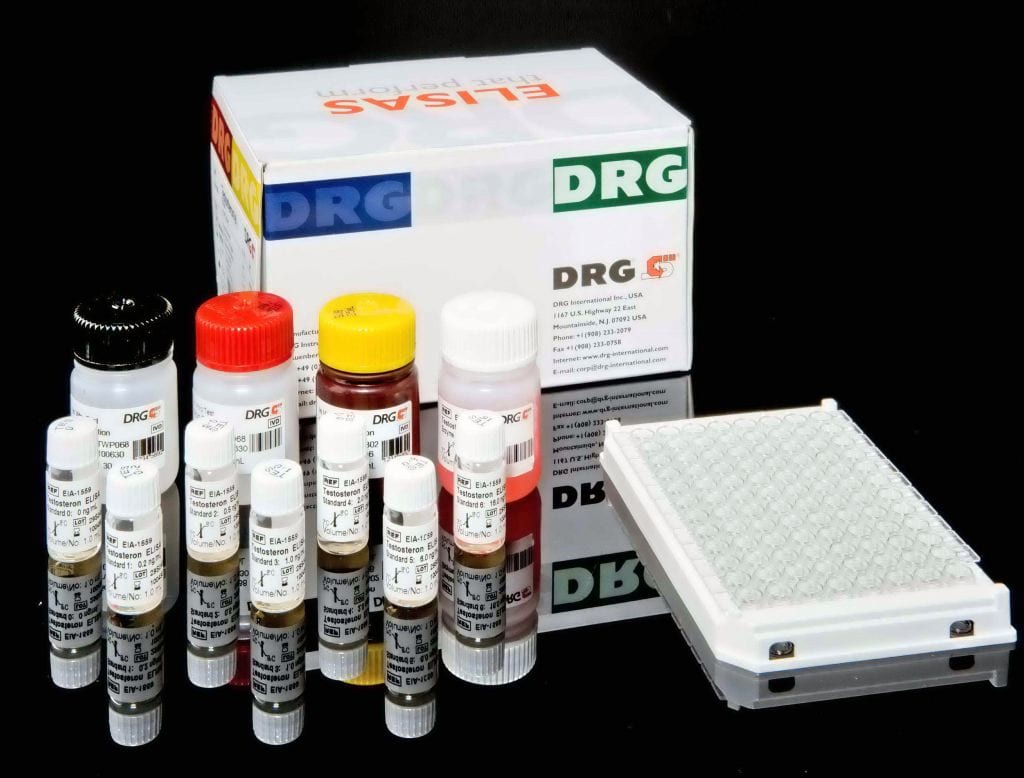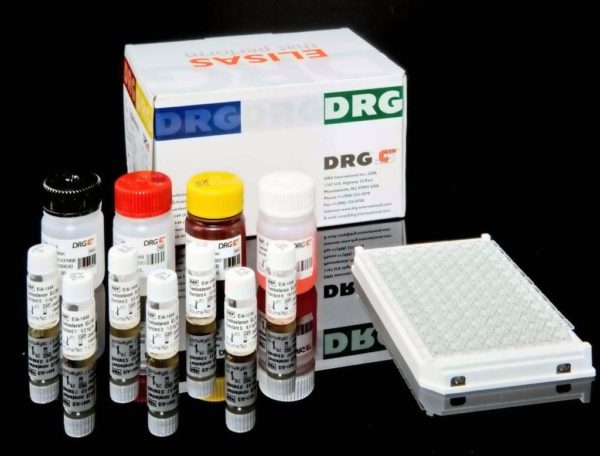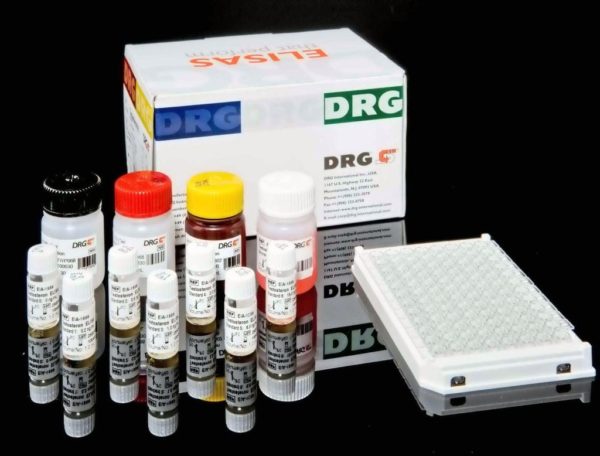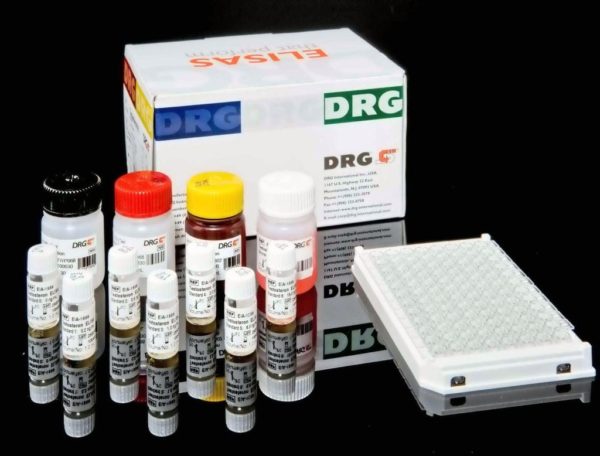Description
An enzyme immunoassay for the qualitative and semiquantitative determination of IgM-class antibodies to Bordetella pertussis and Bordetella pertussis toxin in serum.
Bordetella species are non-spore-forming encapsulated bipolar, coccoid (pale-staining) Gram-negative bacilli (about 0.3-0.5 µm thick and 1 µm long). The genus consists of the human parasites B. pertussis and B. parapertussis, and B. bronchiseptica which cause enzootic infections in various wild and domestic animal species. Bordetella pertussis produces a single-disease syndrome in man known as pertussis or whooping cough. It is a highly contagious childhood disease (approx. 80% of cases occur before the age of 5 years) which is transmitted by respiratory contact and is associated with a high mortality rate (about 1-2% in the first year of life, later on about 1%). In the absence of immunization, essentially no one escapes pertussis. Clinical pertussis is followed by natural acquired immunity which is long-lasting but not permanent. The distribution of the disease is worldwide, though clearly modified by immunization and other poorly defined social, economic, and nutritional factors. In most countries an active vaccination is recommended. Usually the
immunization preparation is combined with diphtheria and tetanus toxoids.
The DRG Bordetella pertussis / toxin IgM ELISA Kit is a solid phase enzyme-linked immunosorbent assay (ELISA) Patient samples are diluted with Sample Diluent and additionally incubated with IgG-RF-Sorbent, containing hyper-immune anti-human IgG-class antibody to eliminate competitive inhibition from specific IgG and to remove rheumatoid factors. This pretreatment avoids false negative or false positive results.Microtiter wells as a solid phase are coated with Bordetella pertussis and Bordetella pertussis toxin antigen. Pretreated patient specimens and ready-for-use controls are pipetted into these wells. During incubation Bordetella pertussis and Bordetella pertussis toxin-specific antibodies of positive specimens and controls are bound to the immobilized antigens. After a washing step to remove unbound sample and control material horseradish peroxidase conjugated anti-human IgM antibodies are dispensed into the wells. During a second incubation this anti_IgM conjugate binds specifically to IgM antibodies resulting in the formation of enzyme-linked immune complexes. After a second washing step to remove unbound conjugate the immune complexes formed (in case of positive results) are detected by incubation with TMB substrate and development of a blue color. The blue color turns into yellow by stopping the enzymatic indicator reaction with sulfuric acid. The intensity of this color is directly proportional to the amount of Bordetella pertussis and Bordetella pertussis toxin-specific IgM antibody in the patient specimen. Absorbance at 450 nm is read using an ELISA microtiter plate reader.




